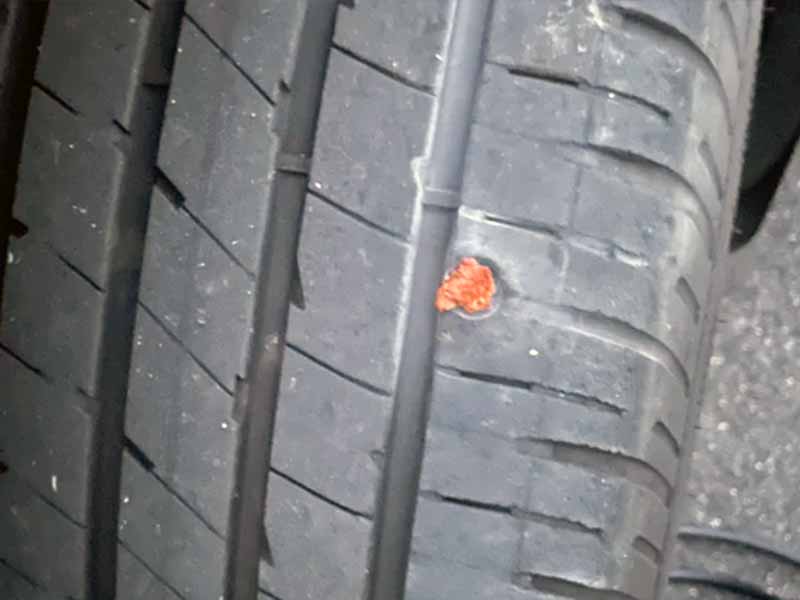Imagine you’re driving and suddenly, you get a flat tire. What do you do? Repair it with a plug, or opt for a patch? This choice can be critical for your safety on the road. This article dives into the nitty-gritty of tire repairs, breaking down the pros and cons of plugging and patching, so you can make the best decision for your vehicle.
Is Plugging A Tire Safe?
Plugging a tire can be a safe and effective temporary fix for small punctures, but it’s not always the best long-term solution compared to patching, which offers more durability.
In this article, we explore the intricacies of tire plugging and patching, their longevity, safety considerations, and best practices to ensure your vehicle’s tires are reliably repaired.
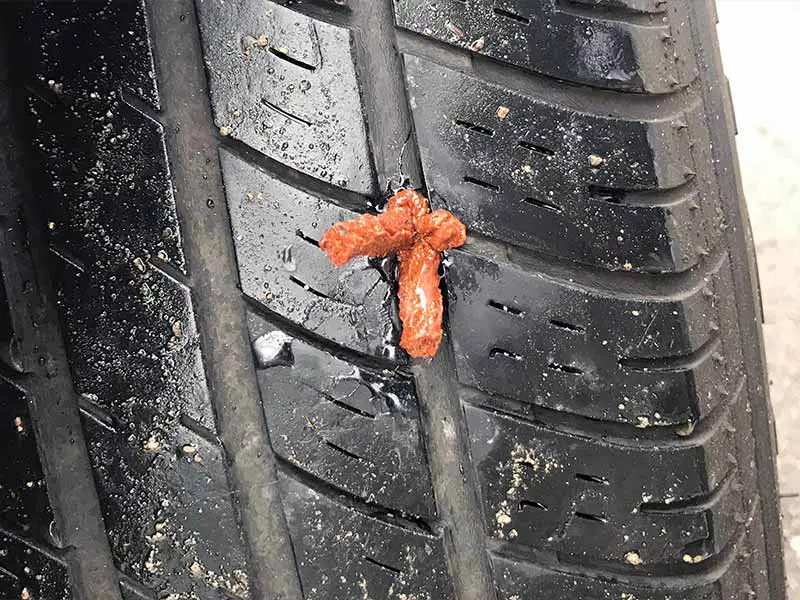
Understanding Tire Repairs
When you’re dealing with a flat tire, you’ve got two primary repair options: plugging and patching. Let’s break down what each of these entails and when they’re typically used:
Tire Plugging
- What it is: Plugging involves inserting a rubber plug into the puncture site from the outside of the tire.
- Common Use: It’s often the go-to solution for small punctures, especially those caused by nails or similar objects.
- Process: The plug is inserted into the hole and expands to fill the space, sealing the puncture.
Tire Patching
- What it is: Patching is a bit more involved. A patch is applied from the inside of the tire to cover the puncture area.
- Common Use: This method is preferred for larger punctures or those in a tricky location.
- Process: The tire is removed from the rim, and a patch is placed and sealed on the inner lining of the tire.
Both methods have their place in tire repair, but it’s important to understand their respective roles and limitations. For more detailed insights into the longevity of a tire plug, you might find our article on “How Long Does a Tire Plug Last” enlightening.
And if you’re weighing up whether to plug or patch, our comparison of “Tire Plug vs Patch” will provide you with the essential information you need to make an informed decision.
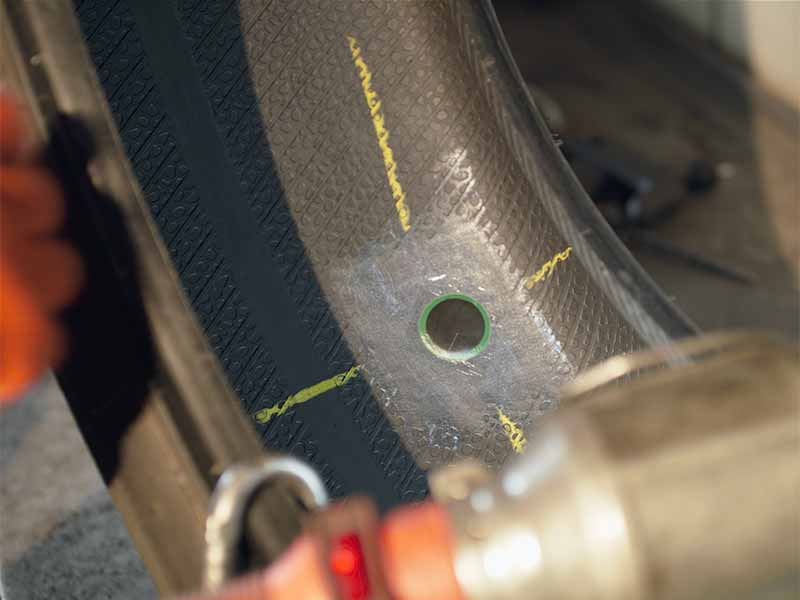
How Long Will a Tire Plug Last?
When it comes to tire plugs, one of the most common questions is about their durability. Let’s tackle this crucial aspect:
- Typical Lifespan: A well-done tire plug can last a surprisingly long time. In many cases, it can last as long as the tire’s remaining lifespan.
- Factors Influencing Durability: The longevity of a tire plug depends on the size and location of the puncture, the quality of the plug, and the tire’s condition.
- Expert Opinion: Most experts agree that if a plug is properly installed in an appropriate puncture, it should hold up for the life of the tire.
However, it’s important to note that not all punctures are suitable for plugging. To gain a deeper understanding of the factors that contribute to the longevity of a tire plug, I recommend reading our detailed exploration in “How Long Does a Tire Plug Last“.
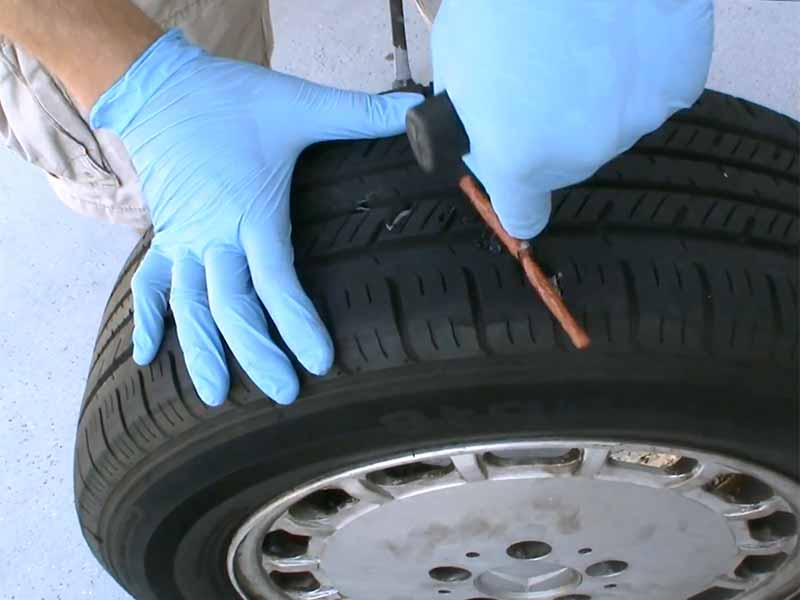
Is Plugging a Tire a Permanent Fix?
Determining whether plugging a tire is a permanent solution or just a stopgap measure is key to ensuring your safety on the road:
- Short-Term vs. Long-Term: Generally, a tire plug can be seen as a reliable short-term fix. However, its effectiveness as a long-term solution varies.
- Dependence on Damage: The suitability of a plug as a permanent fix largely depends on the nature and location of the puncture.
- Safety First: While a plug might last the lifetime of the tire, it’s always prudent to consider the type of damage and consult with a professional to ensure ongoing road safety.
Can a Plugged Tire Blowout?
The safety concerns surrounding tire plugs, especially the risk of a blowout, are a critical aspect of tire maintenance:
- Blowout Risk: The possibility of a blowout in a plugged tire exists, particularly if the plug is improperly installed or used in unsuitable conditions.
- Assessing the Risk: Several factors, like the size of the puncture, the tire’s condition, and driving habits, influence the blowout risk.
- Expert Advice: Regular checks and consultations with tire professionals are recommended to assess the condition of a plugged tire and minimize risks.
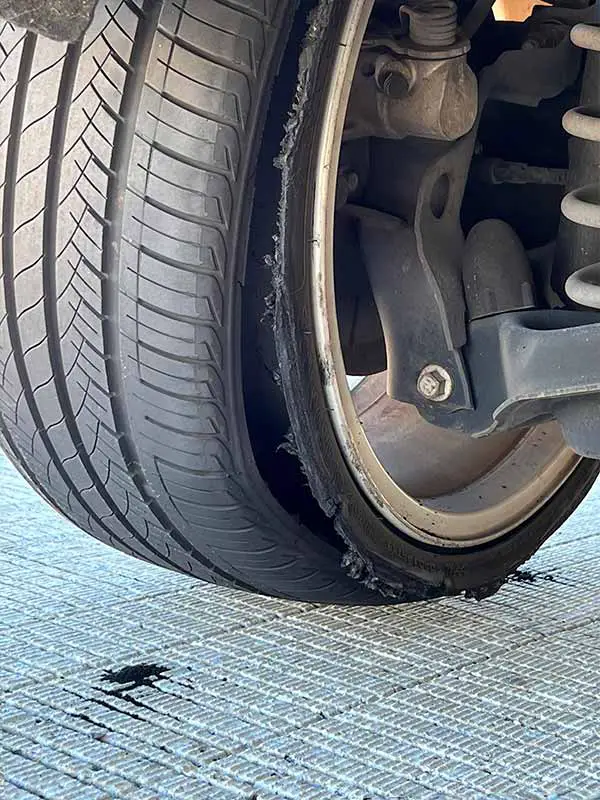
Why Is Plugging a Tire Considered Bad?
There are several reasons why some people view tire plugging with skepticism:
- Temporary Nature: Often seen as a quick fix, plugging is sometimes perceived as less reliable than more comprehensive repair methods.
- Inadequate for Complex Damage: Plugs may not be suitable for larger or irregularly shaped punctures, especially those near the tire’s sidewall.
- Quality Concerns: The effectiveness of a plug can vary based on the quality of the materials and the skill of the person doing the repair.
Tire Plug Vs Patch
When deciding between a tire plug and a patch, it’s essential to understand their differences:
- Effectiveness: Patches are generally seen as more reliable, especially for larger or more complex punctures.
- Application: Plugs are easier and quicker to apply, while patches require more labor and skill.
- Longevity: Patches tend to offer a more durable solution compared to plugs.
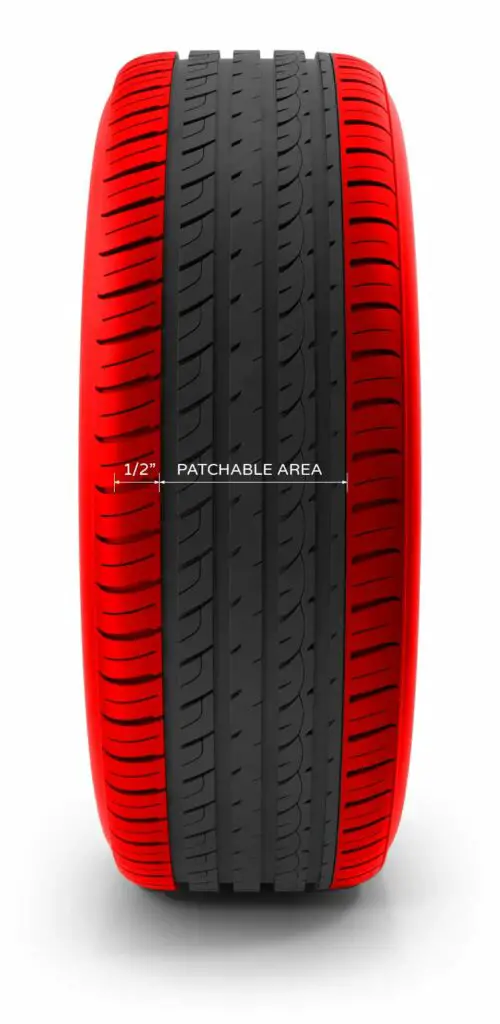
Best Practices for Safe Tire Repair
When repairing a tire, whether by plugging or patching, it’s crucial to follow certain guidelines to ensure safety:
- Assessment: Thoroughly inspect the tire for the size, location, and nature of the damage.
- Professional Advice: Seek the expertise of a tire professional, especially for complex or borderline cases.
- Follow Standards: Adhere to industry standards, like those set by the Rubber Manufacturer’s Association, for any repair.
Resources
Below are some links you may find helpful when learning about tires:
Final Thoughts
Both tire plugging and patching have their place in tire maintenance. Plugging is suitable for small, simple punctures and can be a quick fix, but for larger or more complex damages, patching is the safer, more durable option.
Always consult with a tire professional and follow industry standards to ensure the safety and longevity of your tire repairs. Remember, the right repair method can extend the life of your tire and keep you safe on the road.
Good luck and happy motoring.
